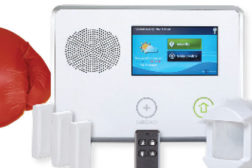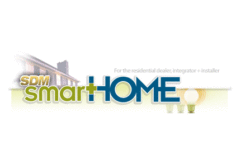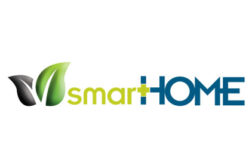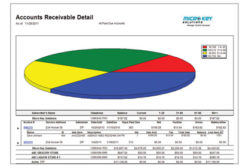ARTICLES
Home Automation Packs 1-2 Punch: Connectivity & Enhanced Security
A growing number of manufacturers are adding home automation features to their security panels to give 1) consumers the connectivity they want and 2) enhance security at the same time.
January 10, 2013
Verified Alarms Lead to Verifiable Results for Central Stations
With the potential to reduce false alarms and increase arrests, alarm verification systems are winning the support of law enforcement and the insurance industry. Dealers stand to benefit.
December 21, 2012
PERS: A Science & An Art
A growing need for PERS monitoring and other home healthcare services presents unique opportunities for security dealers willing to get to know this distinctive market.
May 18, 2012
The Green Bottom Line
By offering home energy management services, security integrators can capitalize on growing consumer interest in saving money and going green — while also generating new sales and revenue sources for themselves.
April 25, 2012
With the rapid proliferation of smart phones and tablets, homeowners are discovering the power that apps can have in home control and automation — and in business.
Unlimited Applications
March 14, 2011
Be in the forefront of security intelligence when you receive SDM.
Join over 10,000+ professionals when you subscribe today.
SIGN UP TODAY!Copyright ©2024. All Rights Reserved BNP Media.
Design, CMS, Hosting & Web Development :: ePublishing






